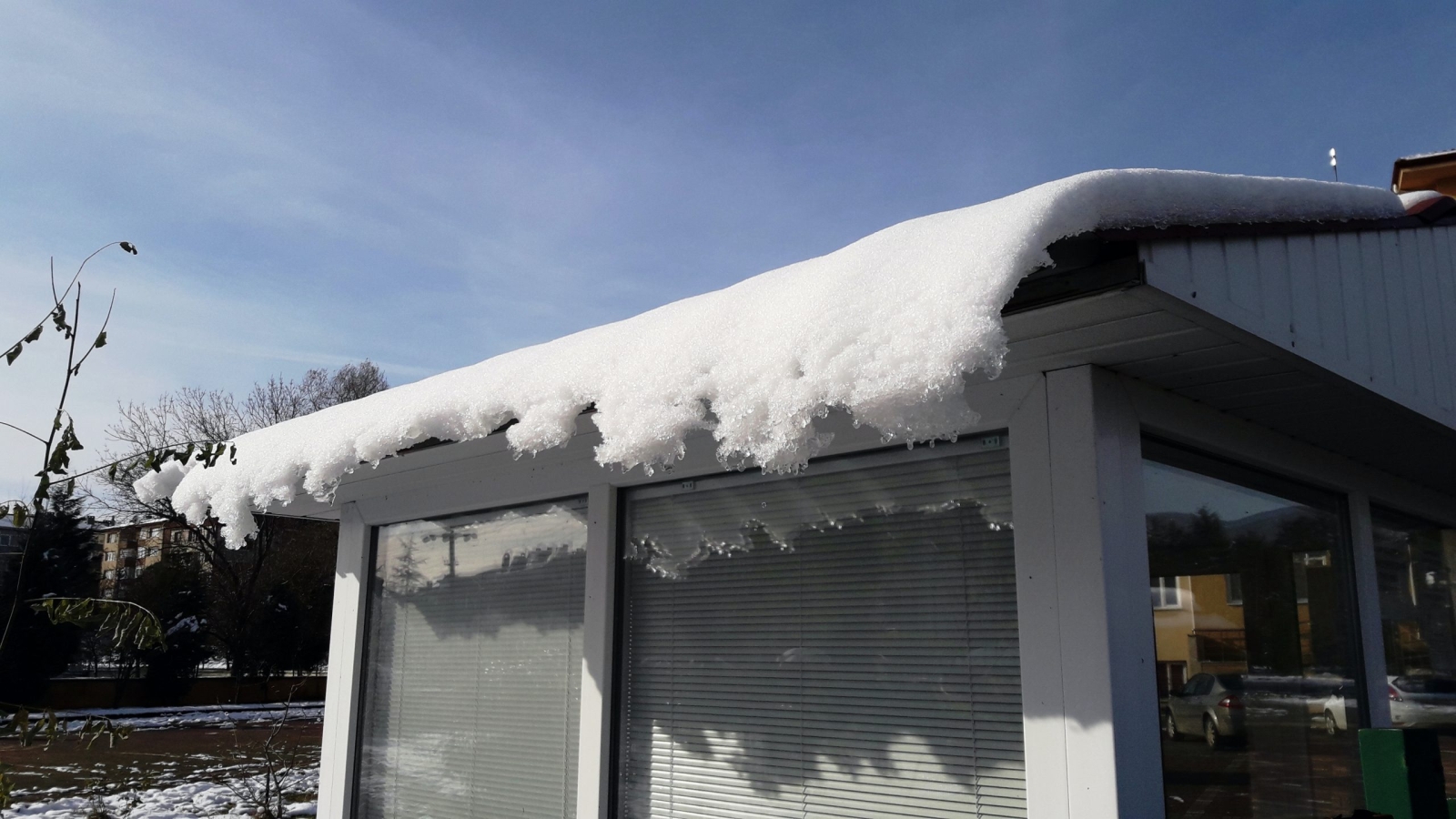Winterizing your roof in Canada
Winter has arrived and in Canada which means some homeowners will face challenges associated with unforgiving weather conditions. The roof, being the first line of defense against snow, ice, and freezing temperatures, requires special attention to ensure it can withstand the harsh elements. In this blog post, we will delve deeper into the essential steps for winterizing your roof in Canada, offering detailed insights and tips, particularly tailored for the challenging winter.
Inspect and Repair Roof Damage:
The importance of a meticulous roof inspection cannot be overstated. Begin by examining the overall condition of your roof, paying close attention to any visible damage. Cracked or missing shingles, loose flashing, and compromised seals around vents and chimneys should be promptly addressed. Repairing these issues before winter sets in is critical to preventing further damage caused by the weight of snow and the freezing temperatures.
Clean Gutters and Downspouts:
Gutters and downspouts are vital components of your roofing system, directing water away from your home. Neglecting their maintenance can lead to clogs and ice dams during winter. Before the first snowfall, take the time to clean gutters and downspouts thoroughly. This will ensure proper water drainage and minimize the risk of ice-related problems on your roof.
Install Ice and Water Shield:
For added protection in regions experiencing severe winter conditions, consider installing an ice and water shield beneath your roofing material. This waterproof membrane acts as an additional barrier against ice dams, safeguarding your home from potential water infiltration. This is not always necessary but if you are replacing your roof, you could benefit from an added layer of protection. The experts here at Cambie Roofing can provide a free estimate and can inform you on whether or not this is necessary.
Trim Overhanging Branches:
Overhanging branches laden with snow and ice can pose a threat to your roof during winter storms. Trim branches that extend over your roof to prevent breakage and minimize the risk of damage caused by falling debris.
Insulate Attic and Ventilation:
A well-insulated attic is crucial for maintaining a consistent temperature on your roof. Inadequate insulation can result in heat escaping, leading to uneven melting and the formation of ice dams. Ensure your attic is properly insulated and well-ventilated to regulate temperature and moisture, reducing the likelihood of condensation and mold growth.
Check for Leaks and Seal Gaps:
Leaks and drafts in your attic can contribute to heat loss, exacerbating the risk of ice dams. Conduct a thorough inspection of your attic for any signs of water intrusion. Seal gaps and cracks in the attic floor, walls, and around openings such as vents and chimneys to maintain a tight thermal envelope.
Consider Snow and Ice Removal:
In areas prone to heavy snowfall, consider proactive snow and ice removal from your roof. Using a roof rake or enlisting the services of snow removal professionals can prevent the accumulation of excessive snow, reducing the risk of overloading and potential structural damage.
Contact Cambie for an Inspection
If you’re uncertain about your roofing system’s condition or lack the expertise to perform a comprehensive inspection, the experts at Cambie Roofing have more than 75 years of experience and can offer top of the line advice following a comprehensive inspection. We can identify potential issues and provide expert recommendations to ensure your roof is well-prepared for the challenges of the Canadian winter.
Final thoughts
Winterizing your roof in Canada is a multifaceted task that requires attention to detail and proactive measures to fortify your home against the rigors of winter. By following these extensive tips and recommendations, particularly tailored for the Canadian climate, you can ensure that your roof remains resilient and your home stays protected throughout the winter months. Taking the time to invest in these preventative measures will not only safeguard your property but also contribute to a more comfortable and worry-free winter living experience.

